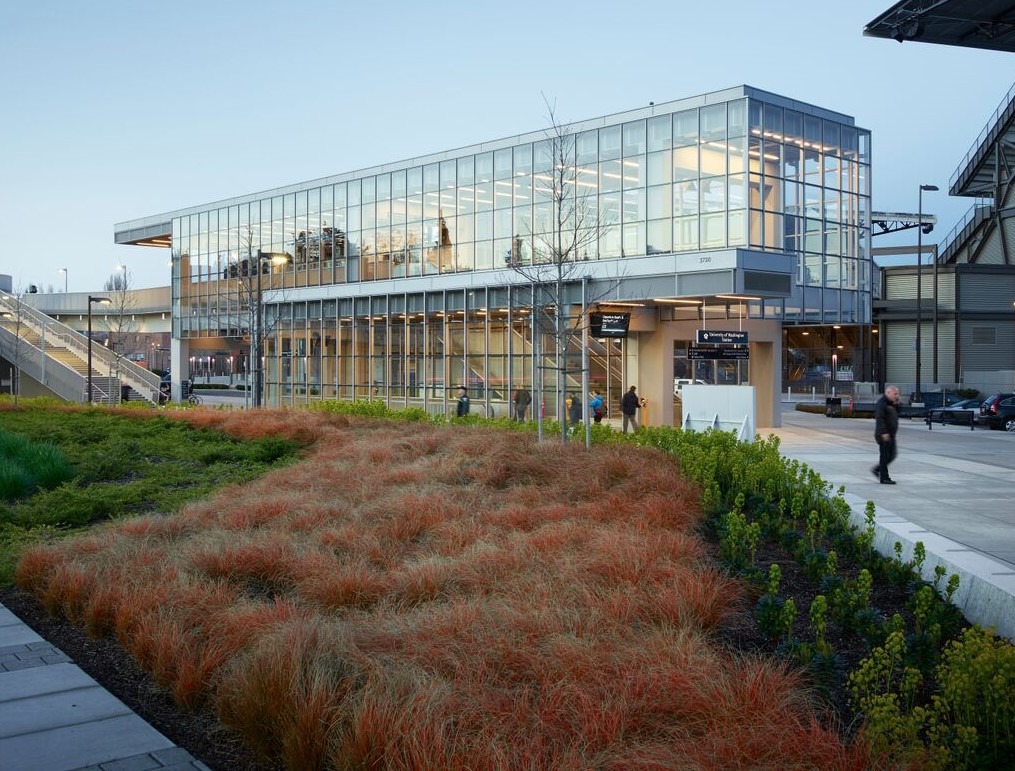Back in 2009, Chicago architect Phil Enquist was pondering with some of his SOM colleagues the meaning of the centennial of Daniel Burnham’s 1909 Plan of Chicago.
“We were living and breathing Chicago planning initiatives,” he says. “We were interested in what Burnham would be focused on today.”
They quickly arrived at the quality of their environment, with water as the unifying issue.
“Lake Michigan is not a healthy ecosystem,” he says. “And we felt that the whole story was complicated – that it was important to step back and look at the economic, urban and environmental sides to the story, and to engage everybody affected.”
They elected to embark upon a study that would discuss complicated issues in a simple way – to look at sedimentation patterns in all the Great Lakes, as well as transportation and the environment. After all, 84 percent of North America’s fresh water is found there – as well as 20 percent of the world’s.
“We just haven’t done a good job on how we deal with sewage in the Great Lakes, or how Chicago deals with every aspect of its water,” he says. “In this time of climate change, sea surges and warming, people are more confident in talking about these issues.”
The result is a document known as “The Great Lakes Century – a 100 Year Vision.” It highlights the challenges faced in the region and defines a future that takes full advantage of water resources in a way that’s sustainable for the long term. The “100 Year Vision” sets out ideas about agriculture, energy, transportation, water, urban areas, higher education, and more to give the Great Lakes and St. Lawrence community a much better sense of what is possible for the region.
“Water brings us together – Democrats and Republicans can agree on water policies,” he says. “And because there’s no clear ownership of the Great Lakes and the St. Lawrence River by any one state or province, we can forget the boundaries and focus on this great bowl of water from Canada and the U.S. that flows into our rivers.”
Instead of dividing the two nations, the project is a global model of what countries can do to build relationships around water issues.
And it’s an award-winner to boot. Last week, the American Institute of Architects conferred its 2013 Honor Award for Regional and Urban Design to SOM and the Great Lakes and St. Lawrence Cities Initiative for their work.
Moreover, the legal community is taking notice. Enquist was invited recently as keynote speaker to the 7th Court of Appeals conference on the Great Lakes. More than 500 attorneys were in attendance.
“I said: Now we’re getting somewhere — there are people shaping policy here.”
Let’s hope so.
For more information, go to http://www.som.com/project/great-lakes-vision-plan
Tomorrow:Details of the work.
[slideshow id=840]

